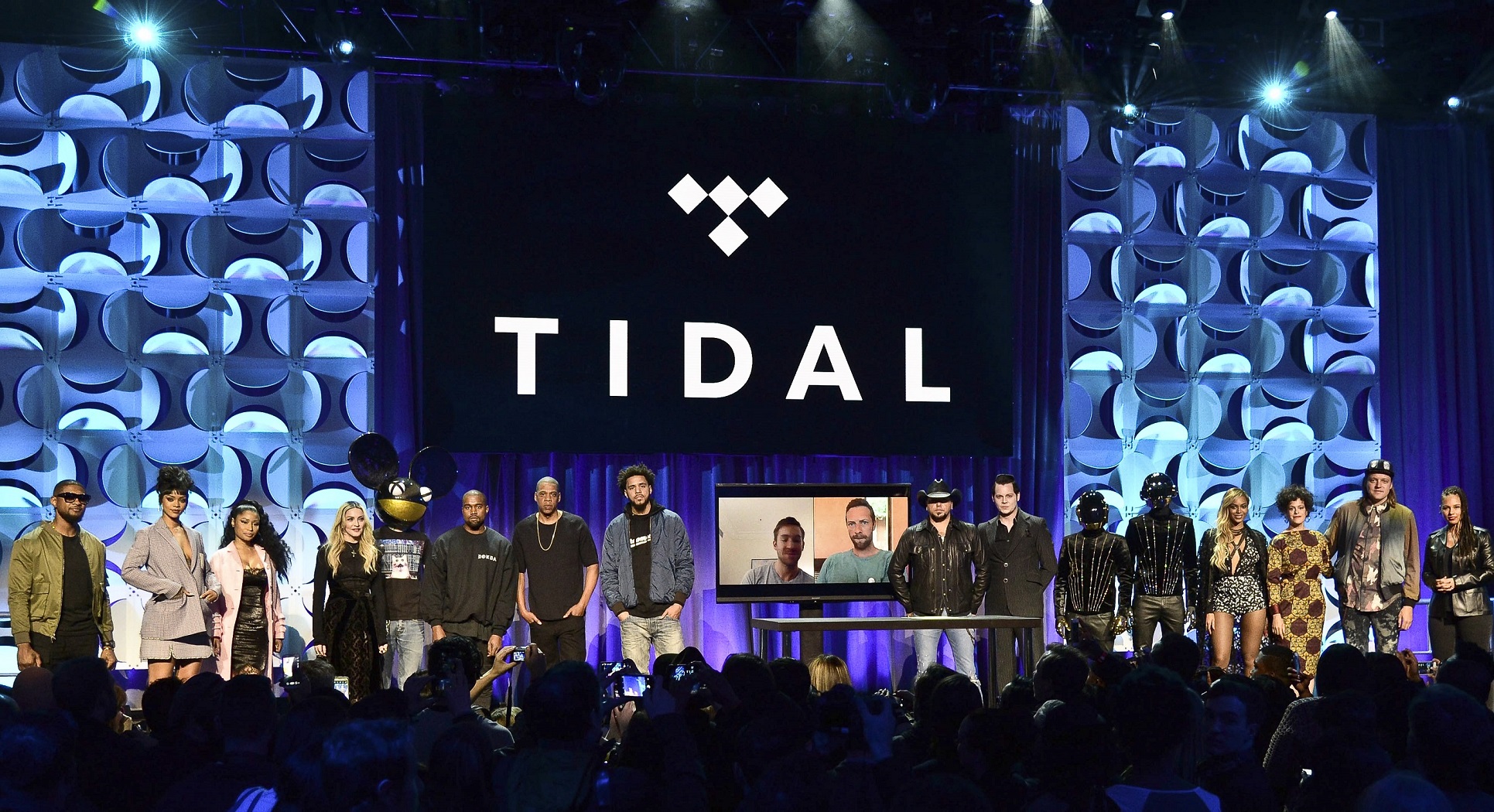Spotify has become a modern phenomenon—after all, it’s free music streaming, and that’s especially attractive to college kids.
We haven’t seen a major competitor to Spotify that’s really been stealing any of its business, but now a major threat looms over the horizon—Tidal, Jay Z’s new project.
Tidal, Jay Z claims, is the first artist-owned streaming service, supported by other high-profile artists such as Nicki Minaj, Rihanna and, of course, Beyonce.
Jay Z is using Tidal to try and pay artists more for their work (Spotify only pays less than one cent per play). Tidal will not offer a free version and will pay their artists more than Spotify, even though it is unclear how much more.
Many high-profile artists have backed the new service, but it has also been criticized by the likes of Mumford and Sons and Death Cab for Cutie.
Tidal doesn’t have a good customer base yet, seemingly due to the price of the service, but it will be interesting to see how well it does over the next few months.
Below is a breakdown of both Spotify and Tidal: how much it is, what you get, who supports it and if it’s worth it.
Spotify is absolutely free in its basic computer version (you just have to deal with listening to some ads once in a while.) Spotify Premium is the next step up: for $9.99 a month (college students get a deal, which is $5.99/month), listeners no longer have to deal with ads, can listen to all Spotify music on their phones and can download music to their Spotify mobile app to listen to offline.
The sound quality when using Spotify Premium also makes a jump; in the free Spotify, music plays at 160 kbps, while you can listen at 320 kbps on the paid version of the service.
Spotify currently has around 60 million active users, 30 million songs available (with 20,000+ added each day) and is available in 58 markets (according to Spotify’s official website). Spotify was founded in 2006, but was not available to the public until 2008.
Tidal offers similar features to Spotify, but has no free version, nor a college discounted version. Streaming starts at $9.99 a month for a sound quality comparable to that of Spotify Premium. For $19.99 a month, listeners make a giant leap into what Tidal refers to as “lossless” quality, which is generally considered CD quality (1411 kbps).
The service is available in 35 countries and allows its users access to 25 million tracks. As of the end of March, Tidal had just over half a million subscribers (according to “NewRepublic”).
At a basic level, services seem similar between Spotify and Tidal, but college students get a better deal with Spotify. The difference lies within the motive—Tidal’s apparent mission is to pay artists better than Spotify, although it is very unclear as to how they will do it. Tidal has support from 16 high-profile artists, but how are smaller artists going to be treated? Is this just another way for rich musicians to get even richer?
Time will be a big factor in seeing how well Tidal does. Streaming is currently one of the biggest, most controversial topics in the music industry, so let’s see how long Spotify stays on the throne.











